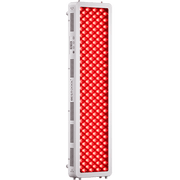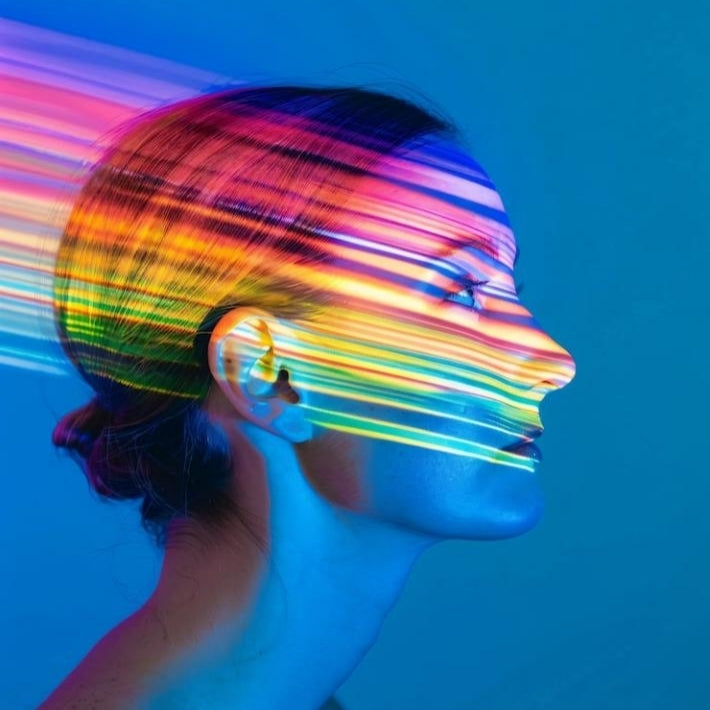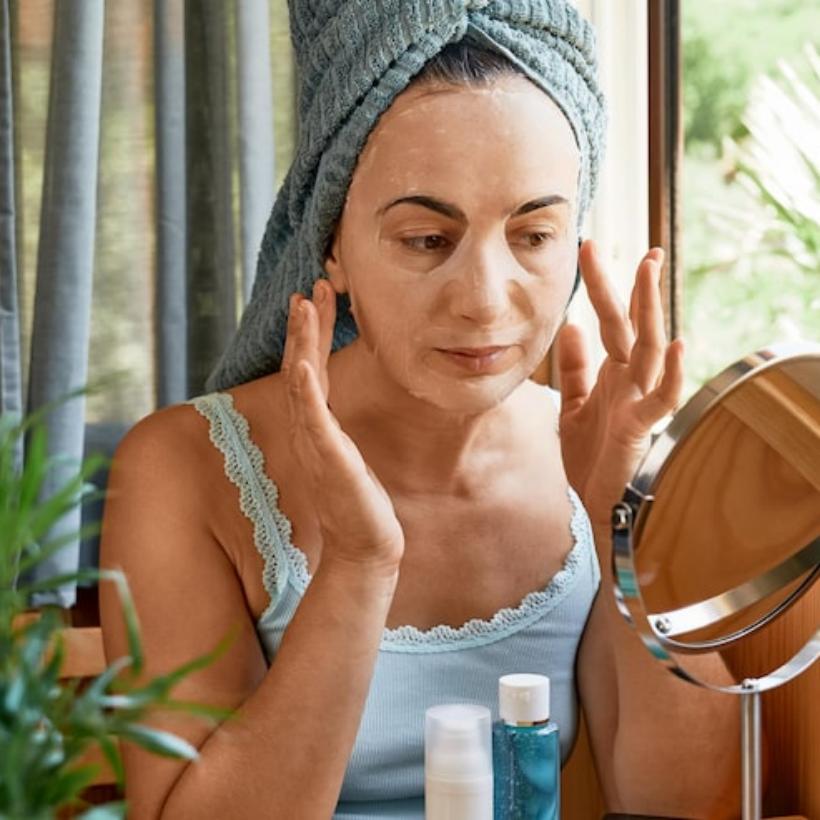What does PTSD mean?
Post-traumatic stress disorder (PTSD) is a type of stress disorder in which the clinical symptoms are severe, the prognosis is poor, and brain damage may be present. It refers to a type of stress-related disorder that occurs later after an individual has faced unusually strong mental stress. It is mainly manifested by the repeated intrusion of traumatic experiences into the patient's consciousness or dreams, high levels of anxiety, and avoidance of any scenes that can cause this traumatic memory, and the patient's psychological and social functioning is severely impaired.
Causes of post-traumatic stress disorder
Unusual traumatic events are the direct cause of the disease, such as war, major natural disasters, major crimes, divorces, job losses, or failed exams.

The main symptoms of post-traumatic stress disorder
Patients with this disease mainly present with intrusive symptom clusters, persistent avoidance, negative changes in cognition and mood, and increased hypervigilance and flashbacks as core symptoms. Most patients develop symptoms within a few days to half a year after the traumatic event, and the course of the disease lasts for one year.
Complications of post-traumatic stress disorder
- Sleep disorders:
The main manifestations are difficulty falling asleep, waking up easily during sleep, and easy to have nightmares, which are often difficult to cure.
- Depression:
Symptoms include disinterest in the surrounding world, isolation from the outside world, loss of hope for life, and memory loss.
Dangers of PTSD
After suffering from PTSD, at least one-third of patients will not heal for life due to the chronicity of the disease and lose the ability to work. More than half of patients have concurrent substance abuse, depression, various anxiety disorders, and other psychiatric disorders. The suicide rate of patients with PTSD is six times higher than that of the general population.
Treatment of PTSD
Pharmacotherapy and psychotherapy are often used in combination traditionally to manage PTSD symptoms. Due to the complexity of the nature of PTSD, long-term treatment courses, and patient resistance to therapy, not all PTSD symptoms are effectively relieved. In recent years, phototherapy interventions, such as red light therapy, have shown positive results in symptomatic relief of PTSD in different studies.
Red light therapy healing strategies for PTSD
Just as our bodies need certain vitamins and minerals (such as vitamin C, magnesium, zinc, etc.) from diet to function properly, our cells also need certain "photo-nutrients" (sufficient amounts of light of a particular wavelength) to stay healthy. Regarding mental health, I believe the red and near-infrared parts of the spectrum are the most interesting and powerful of all the different wavelengths of light. The technical principle of red light therapy equipment is derived from visible red and near-infrared wavelengths (660-850 nm), which convert light into potent cellular energy. Red light therapy has many therapeutic applications in medicine, from healing physical chronic wounds to relieving emotional distress, etc. Red light relieves PTSD core symptoms at the molecular and psychological level in several ways.
- Reduces stress hormones
As you adapt to stress, your body experiences changes in the endocrine system by releasing a high amount of cortisol (a stress hormone). Long-term stress engulfs dopamine and reduces the secretion of norepinephrine and serotonin. Less dopamine reduces happiness, and serotonin controls mood stability. Imbalances in these hormones cause mood swings and can produce impulsive and uncontrollable stressful behaviors. Studies have shown red light transcranial therapy in chronic stress "reduced serum cortisol levels, increased serotonin levels and exerted anti-anxiety and anti-depression effects."
- Boost emotional regulation
PTSD patients predominantly suffer from impaired emotional regulation. We know that a healthy circadian rhythm directly impacts the human's emotions. The pineal cones in the human brain secrete a hormone called melatonin, which guides us to sleep and improves the quality of our sleep. Red light regulates the biological clock and promotes melatonin metabolism by irradiating the retina to induce quick sleep, a healthier and more effective way to reduceflashbacks, nightmares, and hypervigilance.

- Support brain plasticity
Our brains never stop adjusting and changing to achieve optimal neural circuitry and help us adapt to the current environments. The understanding of brain plasticity (alterations in brain structure and functions) in PTSD is an evolving area of research. Maladaptive changes in neuroplasticity are reported in PTSD individuals. Studies have shown that in Gulf War I illness patients, "red and near-infrared therapy stimulate deep brain activity by improving concentration, cognition, relaxation and reducing PTSD symptoms."
Red light therapy safety for PTSD
Red light therapy equipment's light energy delivery system includes a low-power, non-invasive LED and an electronic control system. Since red light filters ultraviolet rays and burning infrared rays, red light doesn't harm the body. It has a strong ability to penetrate tissues, fundamentally change the metabolism and internal environment of cells, and achieve the effect of improving mental health and quality of life without surgery, trauma, and drugs. Red light therapy is physiotherapy and generally has no side effects.
Conclusion
PTSD is called a hidden trauma because it has no outward physical signs and is an invisible disease. Maintaining an optimistic attitude and stable mood are the necessary conditions for overcoming chronic stress disorder. The essence of red light is to improve the patient's quality of life. Bestqool red light therapy is a conducive and reliable approach to promote the rapid recovery of PTSD at the level of both body and mind.
References and Citations:
[1] Herringa RJ. Trauma, PTSD, and the Developing Brain. Curr Psychiatry Rep. 2017 Aug 19;19(10):69.
[2] Eshaghi E, Sadigh-Eteghad S, Mohades G, Rassta SH. Transcranial photobiomodulation prevents anxiety and depression via changing serotonin and nitric oxide levels in brain of depression model mice: A study of three different doses of 810 nm laser. Lasers Surg Med. 2019 Sep;51(7):634-642.
[3] Valverde A, Hamilton C, Moro C, Billeres M, Magistretti P, Mitrofanis J. Lights at night: does photobiomodulation improve sleep? Neural Regen Res. 2023 Mar;18(3):474-477.
[4] Pan WT, Liu PM, Ma D, Yang JJ. Advances in photobiomodulation for cognitive improvement by near-infrared derived multiple strategies. J Transl Med. 2023 Feb 22;21(1):135.
[5] Martin PI, Chao L, Krengel MH, Ho MD, Yee M, Lew R, Knight J, Hamblin MR, Naeser MA. Transcranial Photobiomodulation to Improve Cognition in Gulf War Illness. Front Neurol. 2021 Jan 21;11:574386.













 Small
Small

 Moderate
Moderate

 Moderate
Moderate

 Moderate
Moderate

 Full
Full



